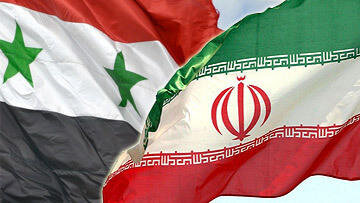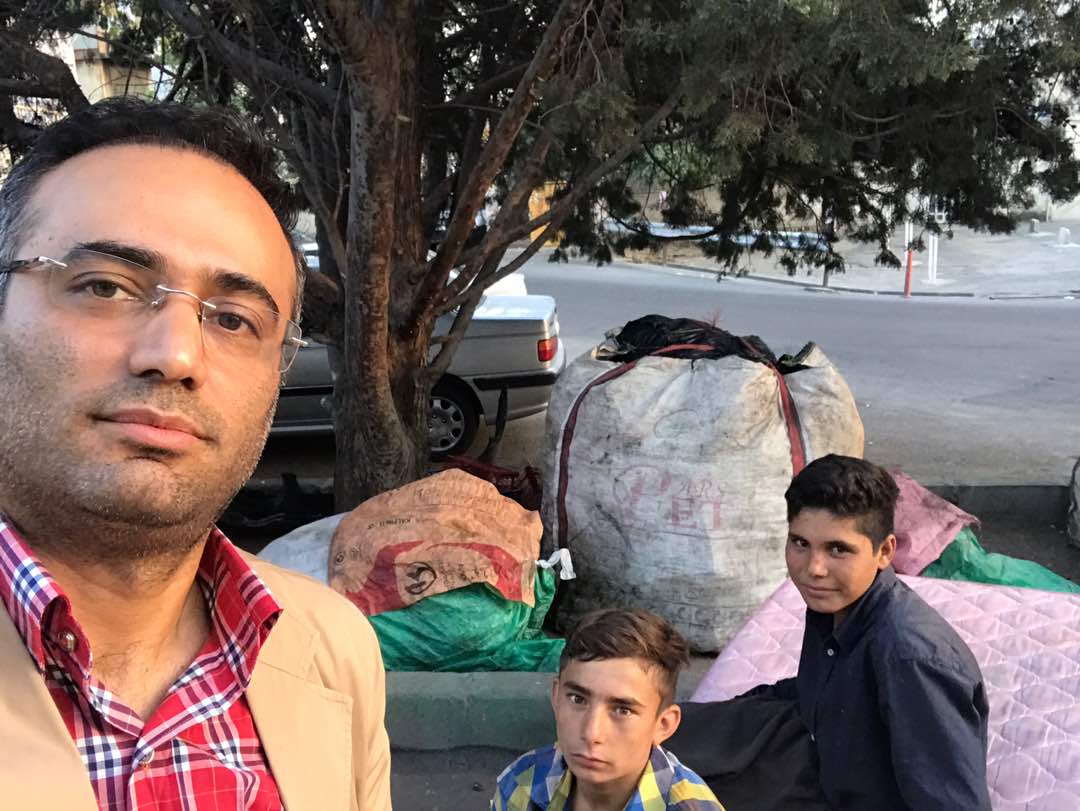Analysis: The Consequences of the Rapid Collapse of the Government in Syria

The dictatorial and ineffective government of Syria, after 53 years of rule by Hafez and Bashar al-Assad, came to an end in early
December 2024 with the unimpeded advance of armed opposition forces and the retreat of the Syrian army. However, this calm fall, without direct conflict, has deep and bloody roots that cannot be overlooked.
Hafez al-Assad seized power in Syria in 1971 and ruled the country for about 30 years. After his death, his son Bashar al-Assad continued his father’s dictatorship for 24 years, albeit in a more clumsy and fragile manner. Since 2011, Syria has turned into a battleground for both internal and external power claimants, fueled by poverty, injustice, ethnic discrimination, and the suppression of political dissent.
Internally, three main factions rose against Bashar al-Assad’s government, each supported by external allies:
- Free Syrian Army: Composed of military defectors opposing the government, they staged a quasi-coup and received support from Western countries, particularly the United States.
- Kurds Seeking Autonomy: Located in northern Syria and supported by the U.S., their presence along the Syria-Turkey border has raised significant concerns for Turkey.
- Various Radical Islamist Groups: Such as Hay’at Tahrir al-Sham and ISIS, which sought to establish an Islamic state in Iraq and Syria, receiving support from Saudi Arabia, particularly from the country’s traditional religious leaders.
The Bashar al-Assad government, in opposition to this alignment of opponents as well as its civilian dissenters, was supported by Iran and Russia. Iran provided military support on the ground, while Russia offered aerial defense against armed opponents. By 2017, Bashar al-Assad’s government had regained control over most of Syria, but opposition forces remained more or less active throughout the country and were able to reinforce themselves. For example, the Islamist group Hay’at Tahrir al-Sham, which now dominates Syria, established local governance in Idlib in northern Syria over the past seven years in preparation for a renewed conflict against the government.
Over the past month, this group managed to capture Damascus within weeks due to the Syrian army’s retreat and lack of resistance.
The results of the civil war in Syria over the past 14 years have been catastrophic. Over 600,000 people have been killed, and 6 million have been displaced internally. According to the United Nations, at least $10 billion is needed to meet their basic needs. Additionally, 6 million Syrians have sought refuge in Turkey, Lebanon, Jordan, and European countries, particularly Germany, with 4 million currently in Turkey. The Syrian people have become extremely impoverished, and the reconstruction of the country’s infrastructure—serving a population of 24 million—requires at least $400 billion.
Now that the government has collapsed due to years of civil war, foreign intervention, governmental ineffectiveness, and the suppression of dissent, leading to a significant loss of legitimacy, an Islamist group with a history of terrorism has taken control. They claim that they will abandon past methods, raising the crucial question: What does the future hold for Syria?
Three scenarios can be envisioned to analyze the unfolding events in Syria:
- Optimistic Scenario: National reconciliation is established among various ethnic and religious groups, with the participation of all former opposition members in forming a new government and rebuilding Syria. The current leader of Syria, Muhammad al-Jolani, has sought to portray this scenario positively through media campaigns. If realized, this scenario would promote both security and development.
- Pessimistic Scenario: The resurgence of civil war in Syria occurs as vested groups fail to reach an agreement on power-sharing. This scenario could potentially lead to the return of Bashar al-Assad, who is currently in exile in Moscow. In such a case, neither security nor development would be achieved.
- Radical Islamist Control Scenario: Similar to the Taliban regime in Afghanistan, if radical Islamists gain dominance in Syria, temporary security may be established, but meaningful development is unlikely to materialize.
Beyond internal factors, the policies of countries such as Iran, Saudi Arabia, Qatar, Turkey, the U.S., Israel, and France will play a significant role in determining the likelihood of any of these scenarios. For now, we must wait and see. I will write more about Syria in the future.





